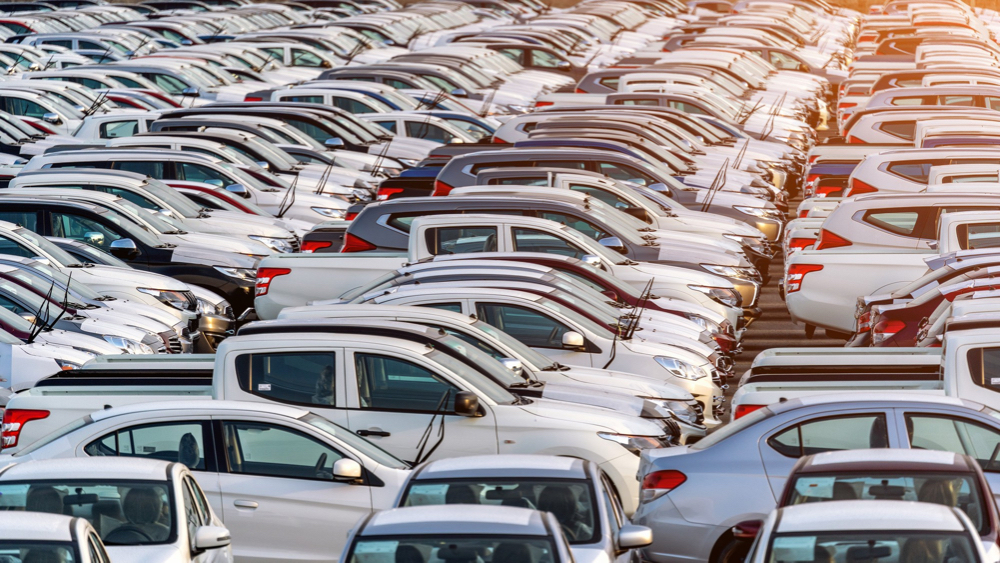Get free access to a demo account
- All functions of the service are available in test mode
- No need to link real bank account and company information
- The full access is available only after verification with with a Carment representative
Date of writing
July 15, 2024
Time of reading
2minutes
Revolutionizing Automotive Transactions: The Integration of In-Car Payments
In the evolving world of automotive fintech, in-car payments are revolutionizing the way we interact with our vehicles, according to Itexus. This groundbreaking technology allows for seamless financial transactions from the comfort of the driver's seat, enhancing convenience and transforming cars into mobile wallets.
According to industry reports, the global market for in-car payments is expected to reach $12.50 billion by 2028, growing at a compound annual growth rate (CAGR) of over 20.9% from 2021 to 2028. This growth is driven by the increasing demand for connected vehicles and the adoption of advanced technologies like the Internet of Things (IoT) and artificial intelligence (AI).
In-car payments integrate financial transactions into daily driving routines. Drivers can pay for fuel, parking, tolls, and even order food directly from their vehicle’s dashboard using digital payment platforms. This innovation is not limited to luxury cars but is expanding across the entire automotive industry.
Potential Impact on the Automotive Industry:
The future of in-car payments looks promising, with potential integrations of voice recognition and other technologies on the horizon. As the demand for connected and frictionless experiences grows, in-car payments are set to play a pivotal role in shaping the future of mobility.
According to industry reports, the global market for in-car payments is expected to reach $12.50 billion by 2028, growing at a compound annual growth rate (CAGR) of over 20.9% from 2021 to 2028. This growth is driven by the increasing demand for connected vehicles and the adoption of advanced technologies like the Internet of Things (IoT) and artificial intelligence (AI).
In-car payments integrate financial transactions into daily driving routines. Drivers can pay for fuel, parking, tolls, and even order food directly from their vehicle’s dashboard using digital payment platforms. This innovation is not limited to luxury cars but is expanding across the entire automotive industry.
Potential Impact on the Automotive Industry:
- New Revenue Streams: Automakers can tap into new revenue streams by integrating e-commerce platforms into their vehicles, generating income through transaction fees and data monetization.
- Advancement in Connected Vehicle Technology: In-car payment systems are a crucial component of connected vehicle technology, facilitating financial transactions and paving the way for future innovations like personalized offers and predictive maintenance services.
- Data Insights and Analytics: These systems generate valuable data on consumer behavior and spending patterns, allowing automakers and third-party providers to optimize business strategies and deliver targeted marketing campaigns.
- Collaborations and Partnerships: In-car payments create opportunities for collaborations between automakers, payment service providers, financial institutions, and other businesses, driving technological advancements and enhancing the connected mobility ecosystem.
- Enhanced Customer Experience: By eliminating the need for physical payment methods, in-car payments streamline the driving experience, leading to higher customer satisfaction and brand loyalty.
The future of in-car payments looks promising, with potential integrations of voice recognition and other technologies on the horizon. As the demand for connected and frictionless experiences grows, in-car payments are set to play a pivotal role in shaping the future of mobility.


 Home
Home